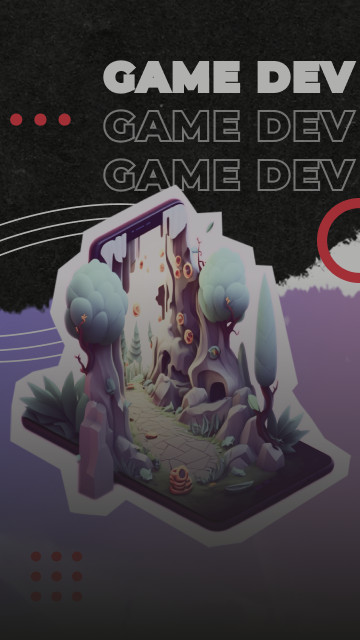
Minimum Viable Product (MVP) is a term used in the world of product development, including mobile game development. It refers to the minimum version of a product that can be released to the market to test its viability, validate its concept, and gather feedback from the target audience. When developing an MVP for a mobile game, it is crucial to consider several key factors to increase its chances of success. Here are the main points to consider:
Target audience: Understanding your target audience is crucial in defining the MVP. This includes their age group, preferences, and habits, which will guide the design, functionality, and monetization of the game. Game concept: Choosing a unique and engaging game concept is vital to stand out in a crowded market. The game should be simple, but also offer a new and exciting experience for the players.

Monetization strategy: Decide on a monetization strategy early on, whether it is through in-app purchases, ads, or a combination of both. This will impact the game's design and functionality, as well as how you market the game. Platform: Choose the platform(s) where you will release the game, such as iOS, Android, or both. This will impact the development team, budget, and timeline, as well as the marketing and promotion strategy.
Development team: Assemble a skilled and experienced development team that includes artists, programmers, and game designers. This team will be responsible for bringing the MVP to life. Budget and timeline: Establish a realistic budget and timeline for the project and allocate resources and prioritize tasks accordingly. It is important to keep the MVP as simple as possible, without sacrificing its quality or functionality.

A/B tests: Test various elements of the game and make data-driven decisions, rather than relying solely on intuition or past experiences. It is important to keep the A/B tests as simple as possible and focus on the most critical elements of the game, such as monetization strategies, game mechanics, and user experience. This will help you gather valuable insights and make the necessary improvements, while still keeping the MVP as lean as possible.
In conclusion, developing an MVP for a mobile game requires careful consideration of several key factors, including the target audience, game concept, monetization strategy, platform, development team, budget and timeline, and marketing and promotion. By taking these factors into account, you can increase the chances of creating a successful MVP and eventually a successful mobile game.












